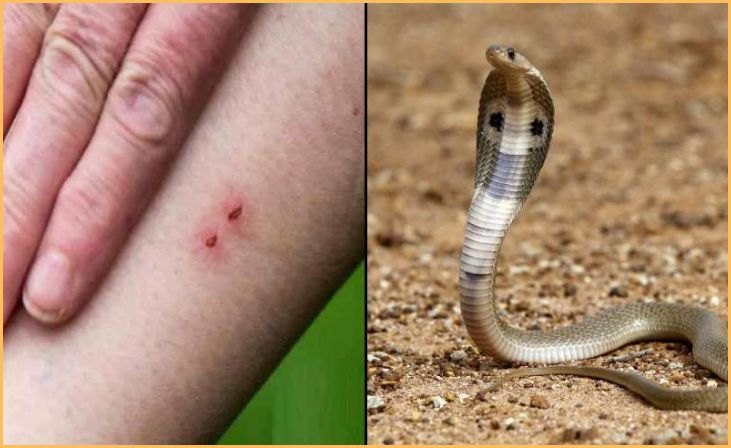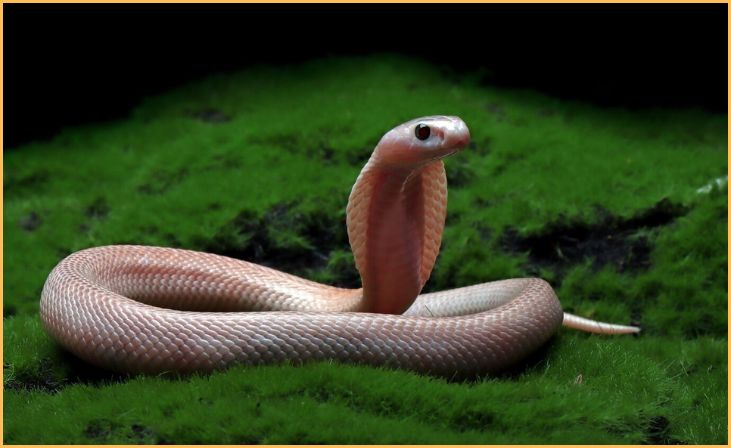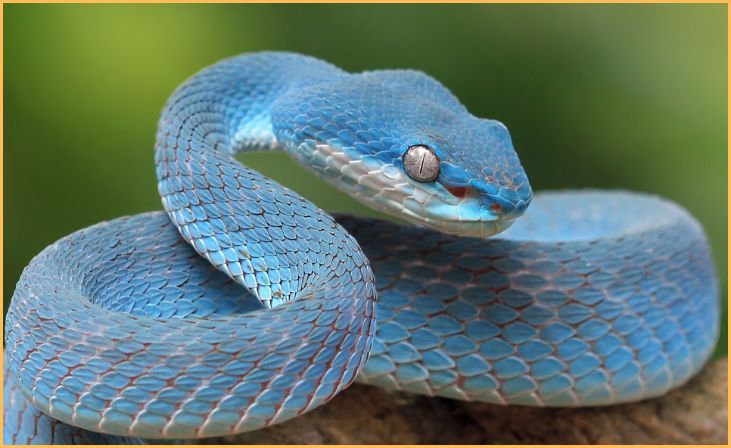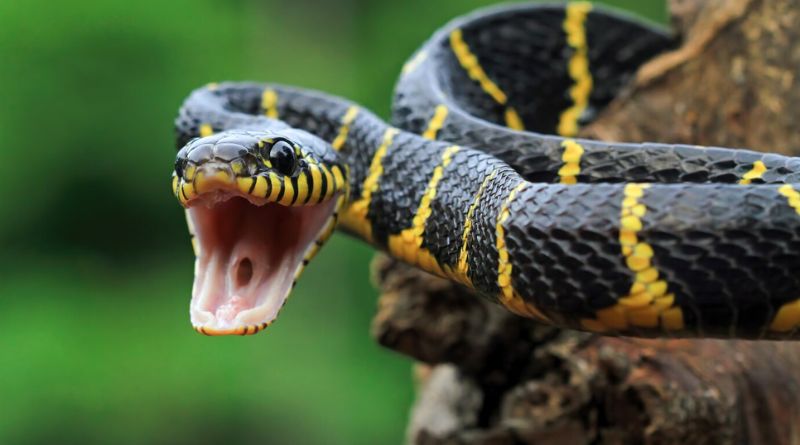Snake Bite First Aid and Treatment – Welcome to our comprehensive guide on snake bite first aid and treatment! Whether you’re an outdoor enthusiast or just want to be prepared for unforeseen situations, understanding the essentials can be a lifesaver. In this blog, we’ll explore 10 crucial things you must know about snake bites, from immediate response to long-term care. Our goal is to empower you with knowledge that could make a critical difference in those first crucial moments. As we delve into the specifics of snake bite first aid, remember that being well-informed is the key to a swift and effective response.
10 Things You Must Know About Snake Bite First Aid and Treatment
1. Immediate Response
In the critical moments following a snake bite, swift and informed action is paramount. The first and most crucial step is to seek professional medical assistance immediately. Emergency services should be contacted to ensure timely intervention. While awaiting help, it is essential to keep the affected limb immobilized and positioned below the level of the heart. This helps minimize the spread of venom through the lymphatic system. Additionally, removing tight clothing or jewelry from the bitten area aids in reducing constriction as swelling may occur.
Also Read: Superlative Spiders
2. Pressure Immobilization Technique

The pressure immobilization technique is a crucial element in snake bite first aid. Using a wide elastic bandage, apply firm pressure to the bitten limb, starting from the extremities and moving towards the body. This technique slows down the circulation of venom, preventing its rapid spread. However, it’s crucial to avoid excessive constriction that could impede blood flow altogether. The bandage should be snug but not too tight, allowing for proper blood circulation. Keep the bitten limb immobilized with a splint to further minimize movement.
3. Identification of Snake Species
Knowing the snake species responsible for the bite is vital for appropriate treatment. If possible, observe the snake’s color, size, and markings. The right antivenom can be given by medical professionals with the help of this knowledge. However, avoid risking another bite or wasting time hunting for the snake. If a photograph can be taken safely, it may aid in identification. Otherwise, focus on seeking medical attention promptly, as the identification process is secondary to immediate treatment.
4. Avoid Traditional Remedies
Dispelling common myths, it is crucial to avoid traditional remedies that may exacerbate the situation. Contrary to popular belief, attempting to suck out venom with the mouth can lead to infection and should be avoided. Additionally, cutting the bite site or applying ice can worsen tissue damage. Such practices are not only ineffective but may also increase the risk of complications. Relying on medically-approved techniques, such as the pressure immobilization bandage, remains the most effective course of action.
5. Stay Calm and Reassure the Victim
Maintaining a calm demeanor is beneficial for both the victim and those rendering assistance. Anxiety and panic can elevate heart rate, potentially hastening the spread of venom. Reassure the bitten individual, keeping them as still and calm as possible. Stress the importance of seeking professional medical help and convey that snake bite fatalities are rare with prompt and appropriate treatment. Calmness in the face of adversity can significantly contribute to a more favorable outcome.
Also Read: Cutest Frog Breeds
6. Transportation Considerations

When transporting a snake bite victim to the hospital, it’s essential to do so in the least stressful manner. Keep the person calm and avoid unnecessary movements. If possible, use a stretcher or improvised means to minimize jostling. Do not use a tourniquet, as it can worsen tissue damage. Inform medical professionals about the situation en route, providing any relevant details about the snake bite, such as the time of occurrence and the initial response measures taken.
7. Antivenom Administration
Antivenom is the primary treatment for snake bites, and its timely administration is critical. Healthcare professionals determine the appropriate antivenom based on the snake species involved. Monitoring the victim’s vital signs during and after antivenom administration is standard practice. Be aware that some individuals may experience allergic reactions to antivenom. Close observation and preparedness for such reactions are part of the comprehensive care provided by medical professionals.
8. Symptom Management
In addition to antivenom therapy, symptom management plays a vital role in snake bite treatment. Pain at the bite site, swelling, and systemic symptoms may require supportive care. Analgesics, antihistamines, and anti-inflammatory medications can be administered to alleviate discomfort and manage allergic reactions. Intravenous fluids may be necessary to counteract dehydration resulting from nausea, vomiting, or increased perspiration.
9. Post-Bite Monitoring
Post-bite monitoring is crucial for assessing the progression of symptoms and potential complications. Even after antivenom administration, individuals may require extended observation to ensure that there are no delayed reactions or secondary effects. Healthcare providers closely monitor vital signs, assess wound healing, and adjust treatment as needed. Adequate follow-up care and medical attention contribute to the overall recovery and well-being of the snake bite victim.
10. Prevention and Education

Ultimately, prevention is the most effective strategy against snake bites. Educate yourself and others about the local snake species, their habitats, and behaviors. Wear appropriate clothing and footwear when in snake-prone areas, and exercise caution when navigating through tall grass or rocky terrain. Familiarize yourself with first aid techniques, ensuring you can respond promptly in case of a snake bite. By fostering awareness and preparedness, we contribute to a safer environment for both humans and snakes, minimizing the risk of potentially dangerous encounters.
Also Read: Black Spiders in Connecticut
Conclusion
In the realm of outdoor adventures, knowledge of snake bite first aid is indispensable. By grasping the essentials outlined in this guide, you’ve taken a significant step towards being prepared for the unexpected. Remember, prompt and informed action can be a game-changer in snake bite situations. Stay vigilant, stay educated, and share this vital information with others to create a safer environment for everyone. Your understanding of snake bite first aid could save lives.
FAQs
Seek medical help promptly. While waiting, keep the affected limb immobilized, below heart level, and remove tight clothing or jewelry.
No, do not attempt to suck out venom. Use a pressure immobilization bandage and avoid traditional methods like cutting or applying ice.







